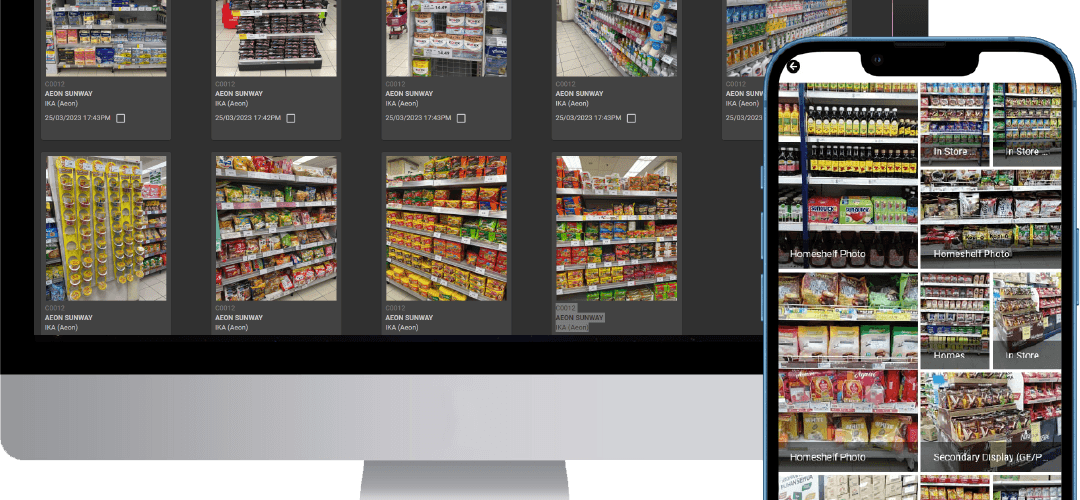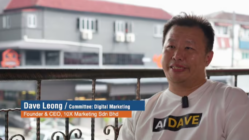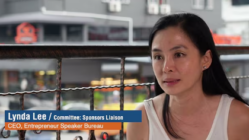By Changsong Li

“I have a powerful sense of mission,” Lai said. “As a second gen business owner, I need to protect the family business and grow it. Growth is not just about expanding — it’s about sustaining.”
But sustaining growth in a family business comes with unique challenges. Conflicts in decision-making, traditional structures, and paper-based operations made him think deeply about how to modernise processes. That thinking eventually inspired his leap into the tech world.
The Vit’s Way: Transparency, Communication, and Flexibility
At Vit’s, Lai shaped a corporate culture very different from the traditional model he inherited from his parents. Transparency is central. Unlike many companies that keep financial performance behind closed doors, Lai believes in sharing the numbers with staff — profits and all.
“By doing this, employees know if the company is doing well. And if they help the company grow, they get more — higher pay, bigger bonuses, better profit sharing. They are very motivated to help the company grow,” he explained.
Transparency works hand-in-hand with communication. For Lai, information must flow from management to every level, without politics or hidden agendas. “I don’t like office politics. I want people to focus on the job. Your time is yours but the company needs results.”
The third pillar is flexibility. Lai allows managers to manage their time and teams in ways that best suit their work styles, provided they deliver results. This approach, he said, builds trust and allows talent to thrive in their natural strengths. He emphasised, “Knowing and understanding your team’s characters is also very important. Because people have different personalities.”

The Leap to Tech: Solving an Old Problem in a New Way
Lai’s foray into technology began with frustration over outdated processes. As Vit’s expanded nationwide, managing a merchandising team from Penang to Johor relied heavily on paper records. Tracking stock levels, promotional displays, and expiry dates was cumbersome and often delayed.
With a degree in Computer Science from the United States, Lai saw an opportunity. In 2020, he founded EasyM Merchandising, a software-as-a-service (SaaS) platform that digitises merchandising operations.
Its first client? Vit’s itself.
“My family business was the lab rat,” Lai laughed. “The first year we had so many problems, half the team almost resigned.” But once refined, the platform became a core operational tool, and soon other FMCG, MNC and healthcare companies came on board.
EasyM’s merchandiser management system, a robust FMCG Distribution Software that helps distributors, brand owners, and manufacturers in managing various aspects of the distribution process, including inventory management in modern trade, merchandising planning, retail auditing, market survey, team efficiency and promotion planning.
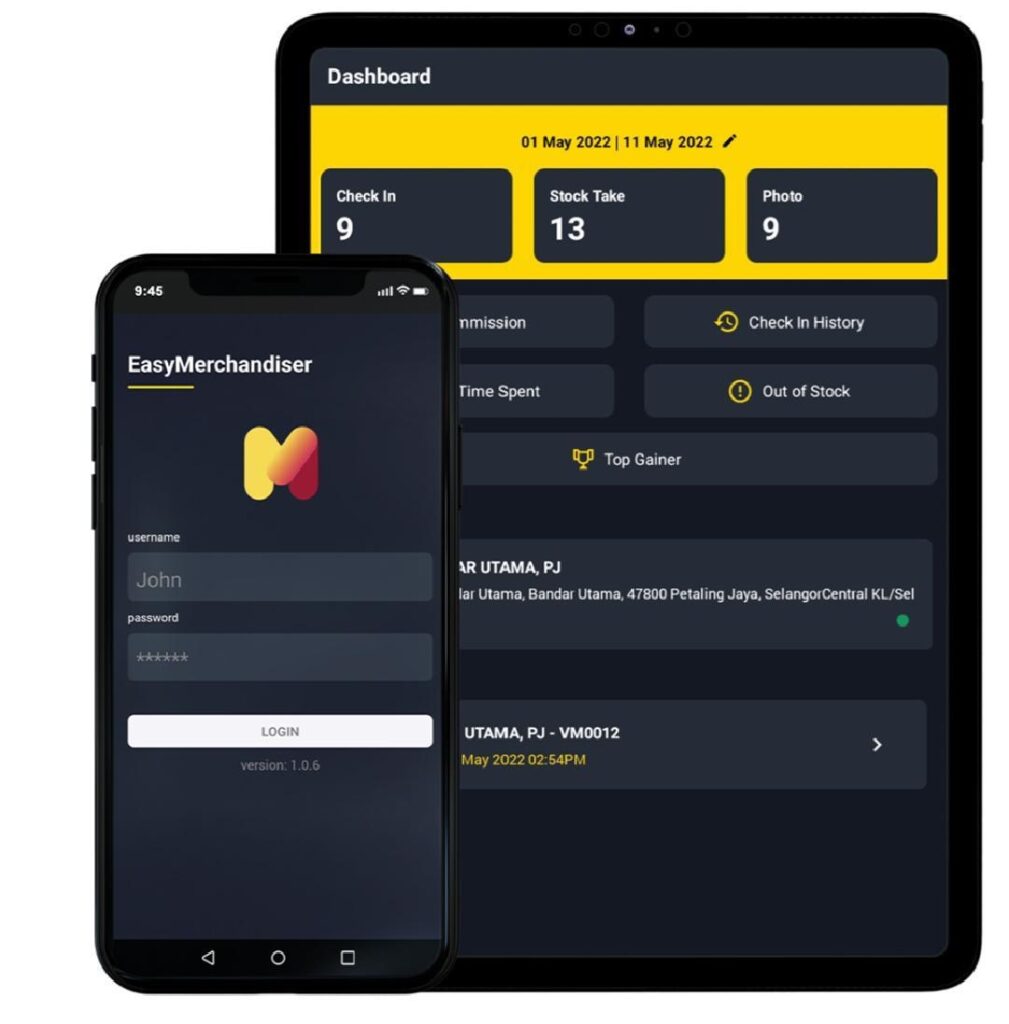
Inside the Merchandising Logic: From Ground Data to Business Insights
In retail, merchandisers are the unsung heroes ensuring products are on shelves, displays are set up, and stock is rotated before expiry. “If you want to build your brand, you need your own merchandiser,” Lai explained. “Supermarkets won’t do it for you — not in a way that ensures your sales.”
The EasyM platform is a monitoring platform that efficiently supervises these merchandisers’ work. “Because this platform is monitoring them, they are required to submit the data very quickly. So everything is transparent,” Lai added.
EasyM’s platform replaces paper checklists with a mobile app that works both online and offline; crucial for backrooms and basements with no signal. Merchandisers record:
- Shelf stock and backroom stock counts
- Expiry dates
- Promotional display setups
- Out-of-stock incidents
Data is instantly visible to headquarters, allowing managers to act quickly. “If you have 2,000 points of sale and even 3% are out of stock, that’s lost revenue. Our system helps identify and fix that in real time,” Lai explained. So, using this platform helps business owners streamline their operations, increase efficiency, and avoid human error.
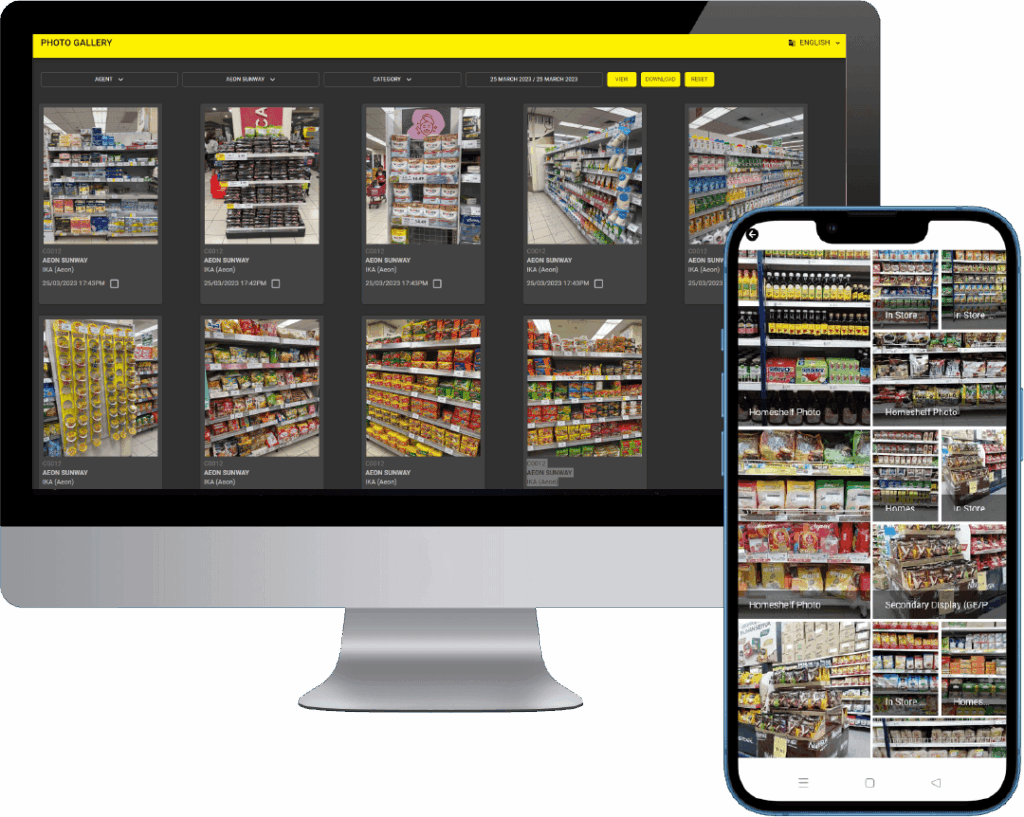
The real breakthrough comes when EasyM merges on-ground merchandising data with sales data from accounting systems. This integration offers executives a holistic view:
- Ground data shows what’s happening in stores: stock levels, shelf presence, promotion execution.
- Sales data reveals financial performance: revenue, costs, and profits.
“When you combine both data sets, you get realistic, meaningful insights for management,” Lai explained. “You can see trends, predict issues, and make better decisions before problems hit the bottom line.”
One client, for example, significantly reduced out-of-stock rates after using EasyM to track problem locations month by month. Another avoided millions in losses by identifying products at risk of expiry well in advance.
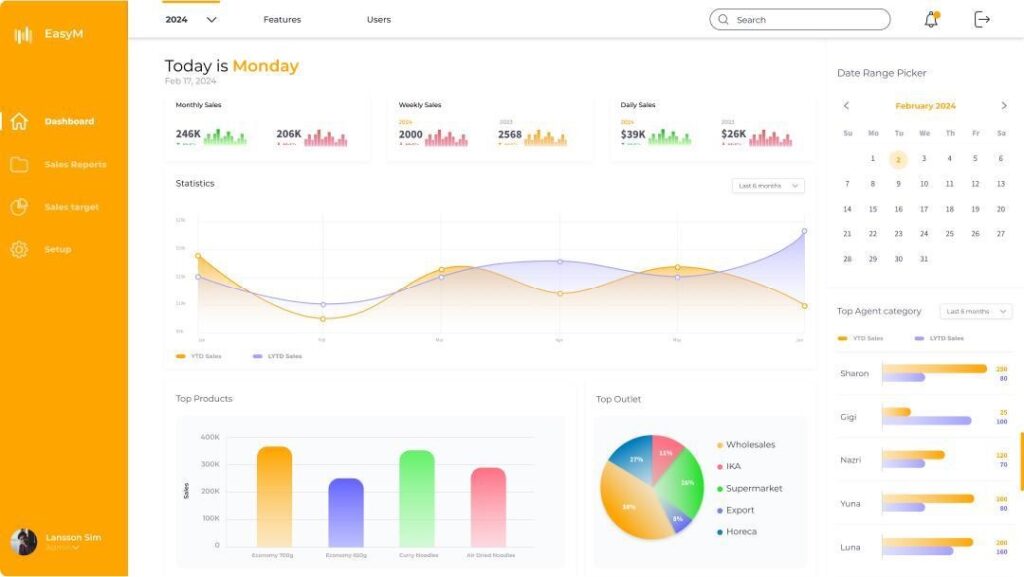
The AI-Powered Future
While EasyM has already proven its value, serving clients which include multinational corporations and international brands, Lai’s sights are set on AI-driven merchandising intelligence.
His vision is for an app that doesn’t just collect data, but actively interprets it. Using machine learning on thousands of store photos taken by merchandisers, the system detects changes in product “facing” — the visible shelf space a brand occupies.
Image recognition could also reduce human error in data entry, automatically identifying product colours, labels, and packaging changes. Combined with sales and merchandising data, this could give brand owners a predictive edge in competitive retail environments.
Building a Company on Trust and Shared Success
Lai sees EasyM as a light-asset, profit-driven business model with no stock to store, no heavy capital requirements. As the company scales, he is committed to sharing profits with his partners. “If my partners are working more, they should get more profit. It’s about growing together,” he said.
Lai is realistic about the timeline. “I’m taking this step by step. It might take ten years to see the full results — and that’s okay.” For now, EasyM is expanding in Malaysia, eyeing Indonesia next, and seeking strategic investors who bring not just funds but synergy. “The right partner can help us grow faster,” Lai said.
From instant noodles to instant insights, Lai’s journey reflects a mindset that blends tradition with innovation. His approach grounded in transparency, communication, and flexibility is shaping how products reach shelves and how data reaches decision-makers.
“Growth is being sustainable,” he reminded. “Whether it’s noodles or numbers, the mission is the same: protect, improve, and keep moving forward.”



